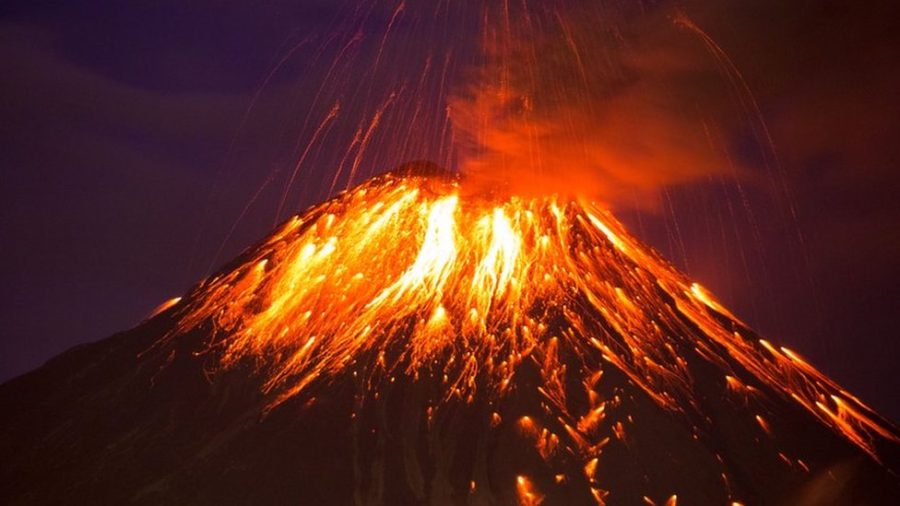The Canary Islands’ most active volcano erupts for the first time in 50 years.
December 2, 2021
Cumbre Vieja on the island of La Palma has erupted for the first time in 50 years. This shield volcano (similar to Hawaii) is one of the most active in the Canary Islands off the coast of Africa, but it has been dormant since 1971. All of that changed on the afternoon of September 21st, when the volcano erupted following a week of tremors that indicated magma was surging into the volcano.
The eruption footage displays the characteristic extended lava flows and lava fountains that a volcano like Cumbre Vieja is known for. Because basaltic lava is less likely to erupt explosively, the risk to human life is less. However, a news crew filmed the first seconds of the eruption, which revealed a dense cloud of ash (again, not uncommon in the opening moments of these style eruptions). It rapidly grew into a spectacular lava fountain that fueled lava flows.
The eruption’s webcam footage is amazing, showing many eruption vents and lengthy tongues of lava streaming down the volcano’s slopes. Over 18,000 people live within 6 miles of Cumbre Vieja, and many of them have been forced to flee as a result of the eruption. Over 5,000 people have been evacuated from the region surrounding Cumbre Vieja as a result of the lava flows. According to recent accounts, the lava flows have damaged at least 8 dwellings.
Last week, INVOLCAN, the volcano’s monitoring agency, reported hundreds of tremors, prompting the volcano’s warning level to be raised. INVOLCAN crew members captured footage of the eruption, which shows the huge, chunky a’a lava flows and allows you to hear the boom of the vent exploding uphill from their viewpoint.
La Palma is made up of two overlapping volcanoes, similar to how Hawai’i is made up of five volcanoes. Cumbre Vieja, the younger and more active of the two, is the one that is presently erupting. Caldera Taburiente is the elder of the two, and its eruptions have been known to cause significant landslides. These are the types of landslides that have the potential to cause huge tsunamis in the past. Fortunately, the present eruptions are not on this older volcano, and therefore are unlikely to cause the huge landslides required for a tsunami in the Atlantic Basin.
A volcanic hotspot — a plume of hot material rising and melting beneath the oceanic crust off Africa — produced all of the Canary Islands. This is similar to the process in Hawai’i, where the plates slowly migrate and leave a “trail” of volcanoes in their wake. The Canary Islands’ volcanoes are far less active than their Hawaiian counterparts, owing to a weaker hotspot that feeds them.
This is the first eruption in the Canary Islands since a subsurface volcano erupted off the coast of El Hierro in 2012, dumping weird floating “coconuts” formed of sea debris and lava into the sea. That explosion lasted nearly six months. Cumbre Vieja’s most recent eruption, in 1971, lasted slightly over a month. Further eruptions throughout the last few hundred years have similar durations of a few weeks to a month or two. We don’t know if the current eruption on La Palma will follow that pattern, but the volcano’s history suggests it won’t take long to return to slumber.
Source: https://www.nationalgeographic.com/science/article/canary-islands-volcano-roars-to-life-for-first-time-in-50-years#:~:text=Lava%20flows%20following%20the%20Cumbre,volcano%20has%20erupted%20since%201971.
